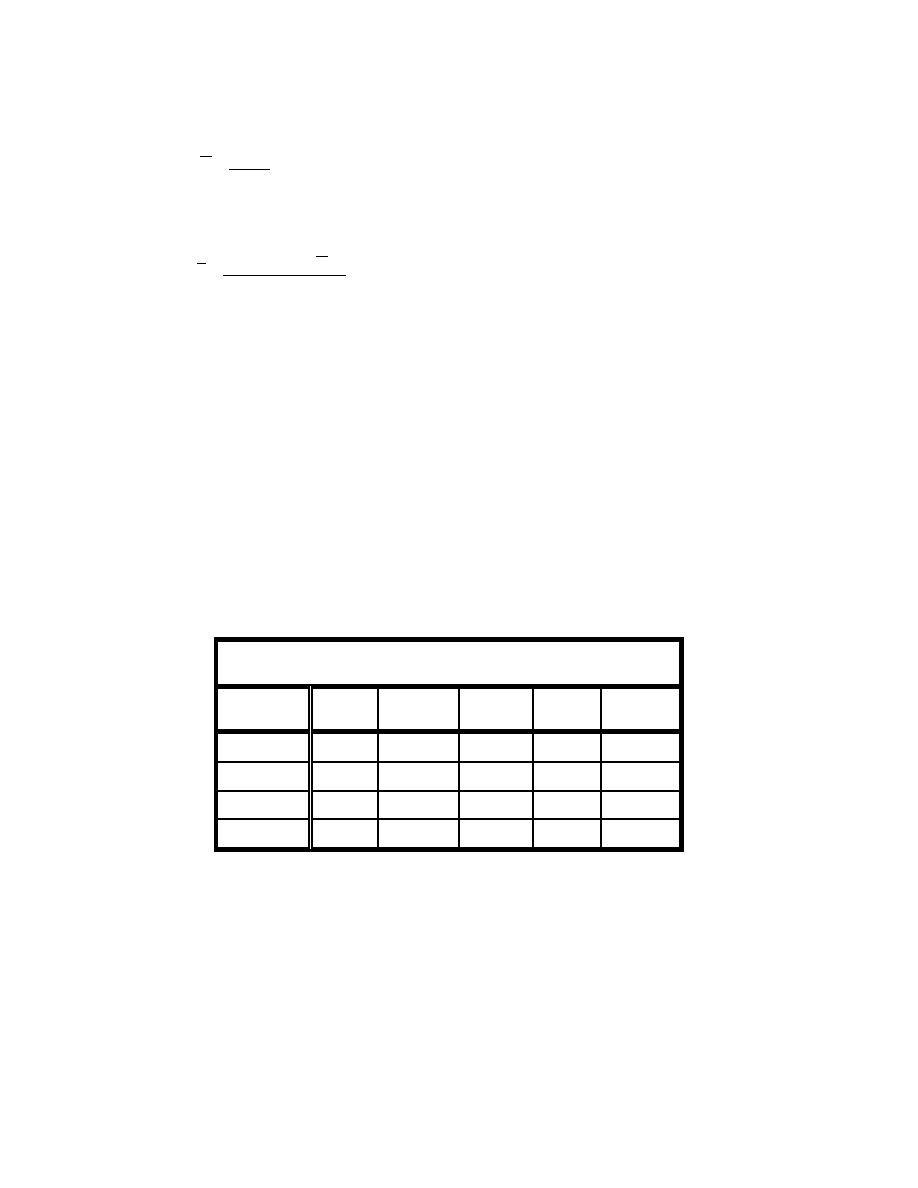
k
∑A
i
i=1
R=
Equation 2-29
k
∑P
i
i=1
1.486 ATOTAL R 2/3
n=
Equation 2-30
K TOTAL
The composite Manning's roughness coefficient for the total channel is
calculated using the following equation:
Compositing in a narrow-deep channel
The importance of accounting for the roughness of the side slopes in the
calculation of normal depth is illustrated by the following example. A proposed
trapezoidal channel has a 60 ft base width, 1V:2H side slopes, a slope of 0.001,
and a design discharge of 5000 cfs. Assuming that the sides slopes have a
roughness coefficient of 0.08 and the bed has a roughness coefficient of 0.030,
normal depth and composited hydraulic parameters, calculated using the four
compositing methods in SAM, are shown in the following tabulation:
Comparison of Calculated Composite Hydraulic Parameters
Deep-Narrow Channel with High Side Slope Roughness
Method
Depth
Area
R
_
Velocity
_
n
ft
sq ft
ft
ft/sec
Alpha
10.4
839
10.0
6.0
0.037
Equal Velocity
14.7
1312
10.4
3.8
0.059
Total Force
15.0
1356
10.6
3.7
0.062
Conveyance
14.3
1262
10.2
4.0
0.056
The calculated depth is significantly lower with the alpha method because the
side slope roughness is inadequately accounted for due to the assumption of
vertical divisions between panels. If the side slopes had been vertical the alpha
method would have completely neglected their contribution to roughness.
25
Chapter 2
Theoretical Basis for SAM.hyd Calculations



 Previous Page
Previous Page
